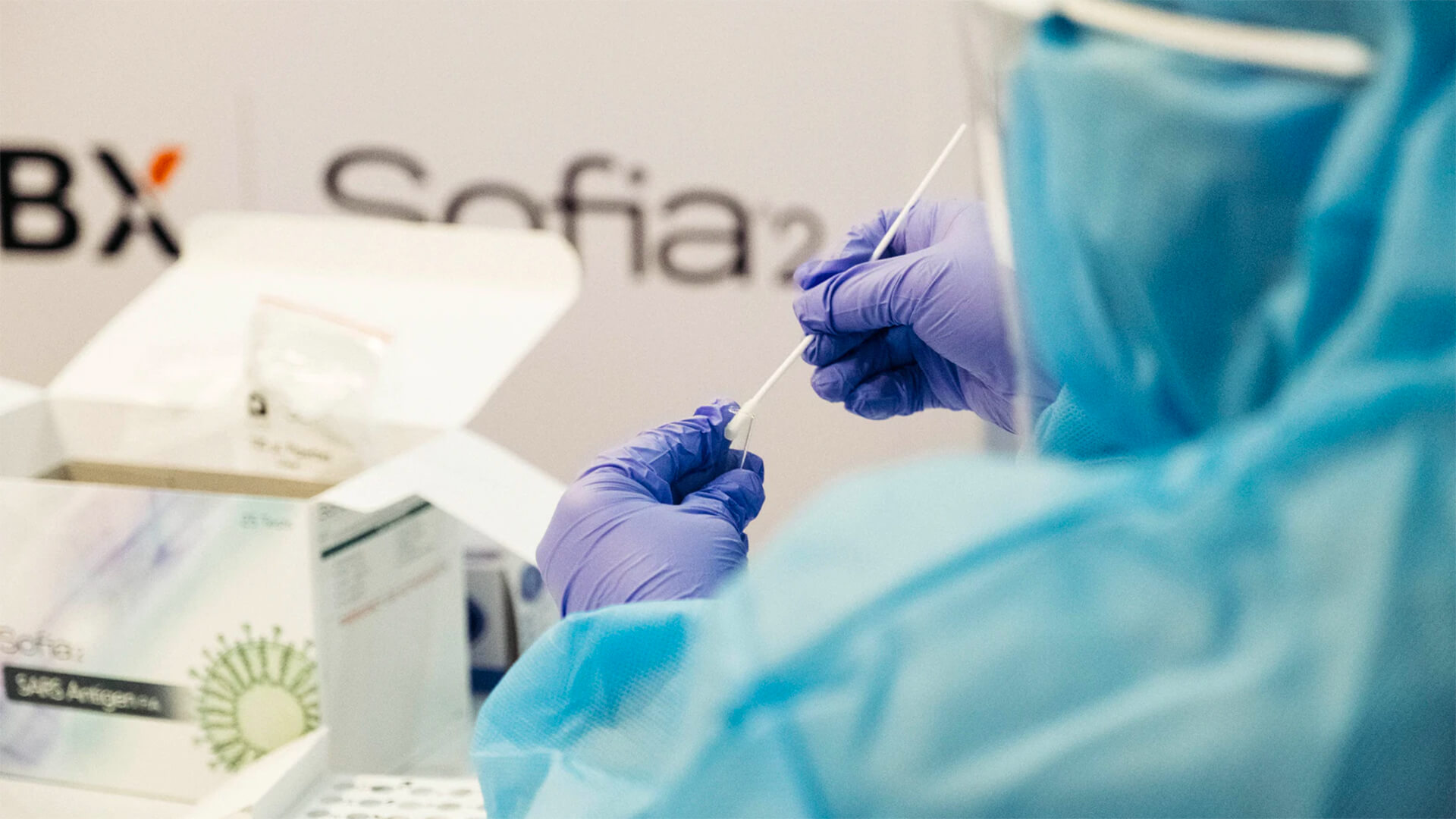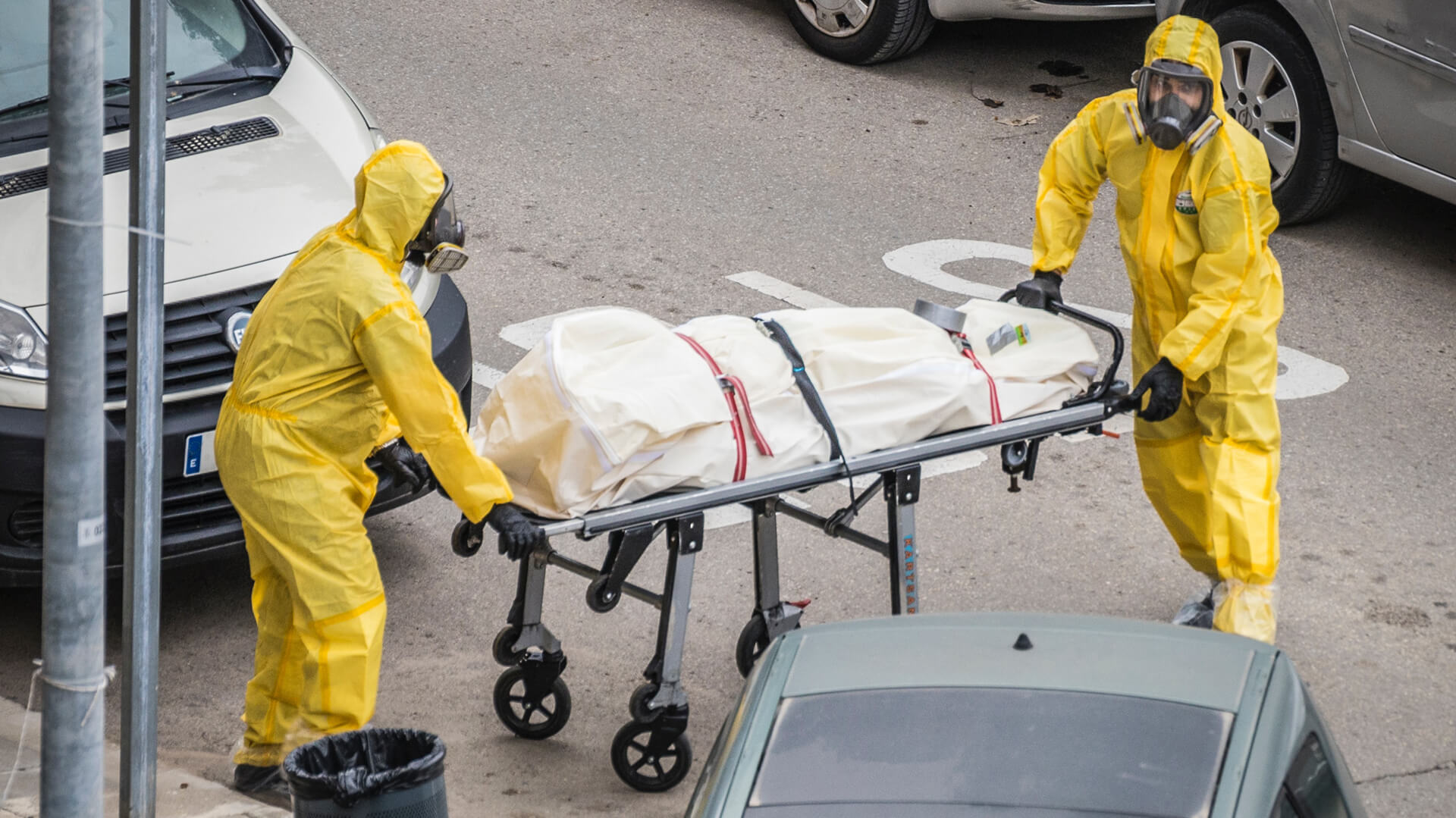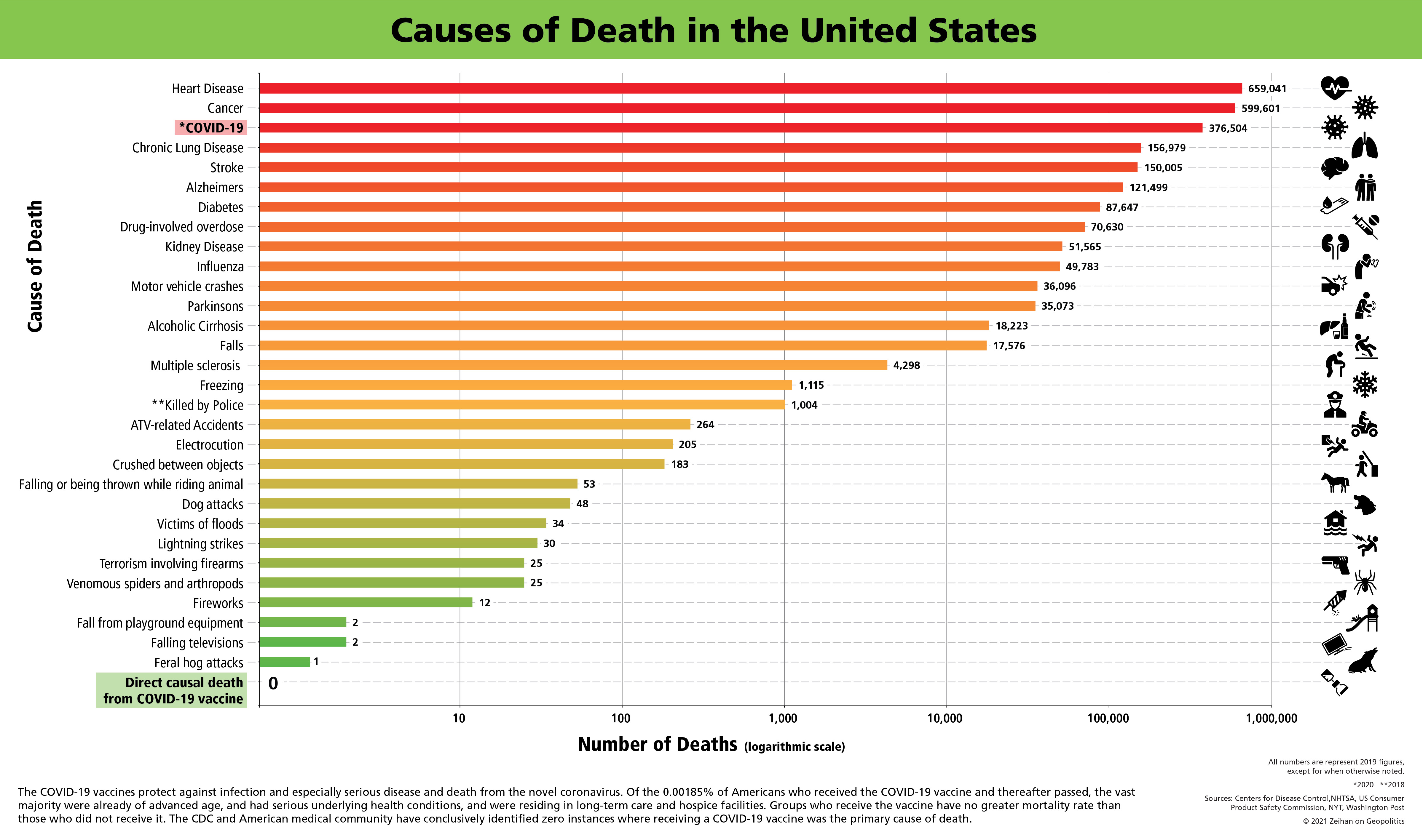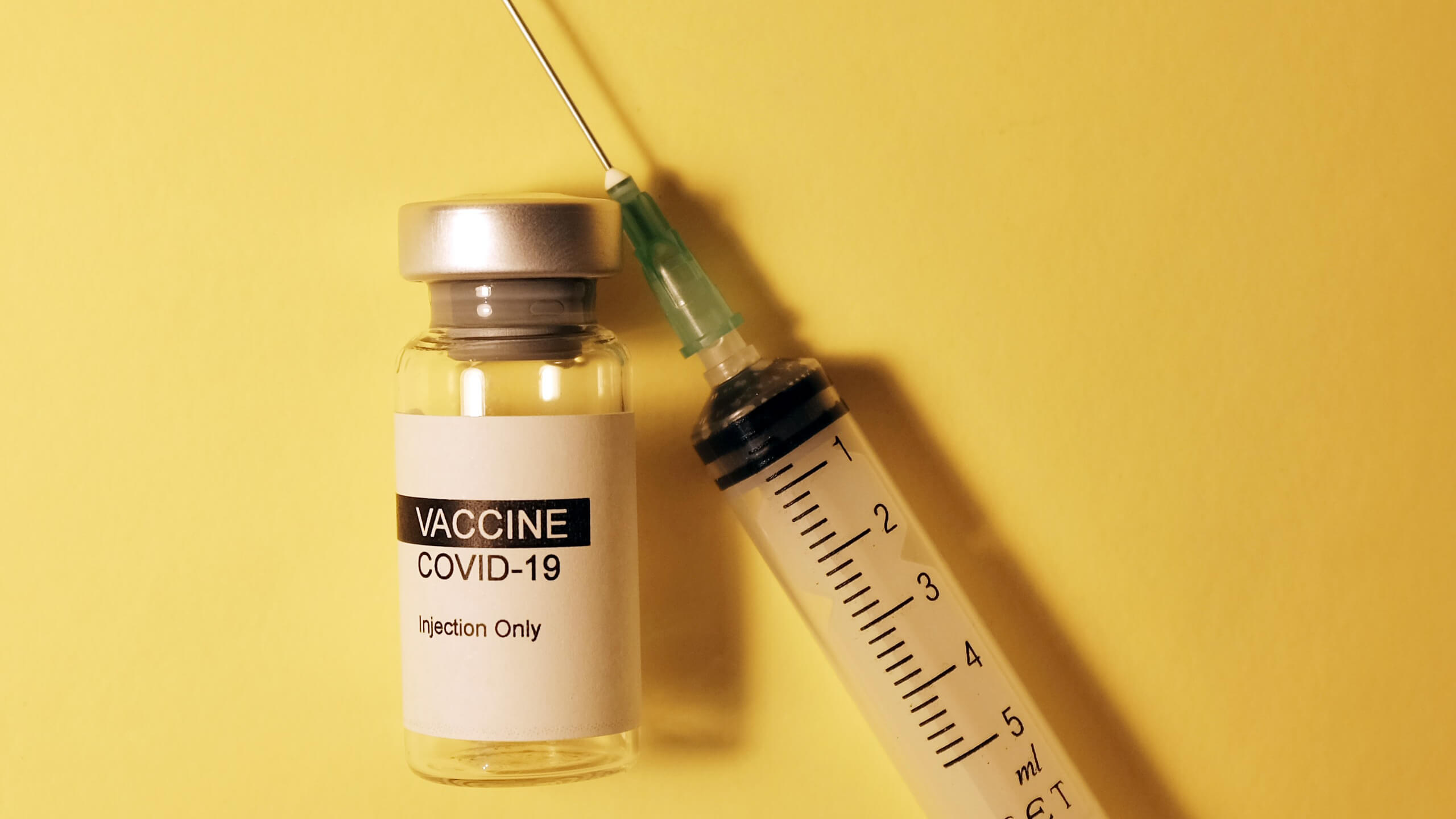On March 2 the Biden administration announced a vaccine manufacturing partnership between two of the largest and most successful drug manufacturers in the United States: Johnson & Johnson and Merck. Less than a week previous the U.S. FDA approved J&J’s vaccine for emergency use in combatting the COVID-19 virus; its formula will now be produced both in J&J and Merck facilities. (At present neither firm has announced expansion schedules or delivery volumes.)
This is big. Of the five proven anti-COVID vaccine formulas that have been approved for use in the First World, only the J&J formula is refrigerator safe and easy to manufacture and a single-dose formula. As such it can be used for inoculations at any facility worldwide that can handle any other vaccine formula. It is this formula that is capable of vaccinating the majority of the world’s population against COVID, and with the Merck tie-up I’ve little doubt the formula will be able to make good on its potential.
Again, this is big. The question now becomes just how big?
Some backstory:
In his early days, the Biden administration activated an option in the Trump administration’s supply contracts with Pfizer and Moderna. Each will now provide the United States with at least 300 million doses by the end of July, providing enough vaccine for 300 million Americans. That alone is enough to cover 90% of the American population, children included. Johnson & Johnson (by itself) will kick in another 100 million by the end of June, and since the J&J formula is single shot, that’s enough for another 100 million people.
Such figures suggest every adult in the United States who wants to get the vaccine will be able to get it by June 1, and that on-demand, walk-in vaccinations will be available by mid-April.
In fact, this is now the worst-case scenario for vaccine availability in the United States. The manufacturers continue to find ways to optimize their manufacturing. For example, Pfizer has increased their rate of production by more than 80% in just January and February and has simplified its distribution by proving its formula can be stored in normal freezers as opposed to the dry-ice-ultra-cold set-ups it initially used. Such advances likely shaved 4-6 weeks off American vaccination schedules.
There are also two other vaccine formulas – AstraZeneca and Novavax – that will likely contribute millions of doses (maybe tens of millions) to the effort, bringing the American schedule ever forward.
Best yet, this new J&J-Merck tie up isn’t included in the above prognostications. Despite what my vaccine optimism might suggest, vaccine manufacture isn’t quick. It requires 2-3 months to grow the vaccine cultures in a vat, and then a few more weeks for testing and bottling. And that assumes the facilities are already ready to go. The primary reason the Pfizer and Moderna formulas are moving along so quickly is that they began production last year before they even applied for FDA approval. The J&J-Merck effort is only beginning now. We shouldn’t expect to see first doses from the collaboration in the hands of medical professionals until June.
Which raises some very interesting geopolitical possibilities. June 1 is when the United States will have tens of millions of surplus doses from its existing production contracts. The J&J-Merck partnership will add at least 100 million doses on top of that, with many more to come throughout the summer as everyone’s efforts continue to expand. While the bulk of the rest of the world will be starved of vaccine, the United States will have a glut. Since the U.S. government is the entity that contracted for the doses, it will be up to the Biden administration to decide where those doses go.
The term you’re looking for is “vaccine diplomacy”.
It comes at a fortuitous time. The United States has backed away from the world. This isn’t a Clinton thing or a W Bush thing or an Obama thing or a Trump thing or a Biden thing, but instead a United States thing. The American people lost interest in playing a constructive role in the world three decades ago, and America’s political leadership has molded itself around that fact. Trump may have been instinctually and publicly hostile to all things international, but Biden is only different in tone. Biden’s Buy-American program is actually more anti-globalization than Trump’s America-First rhetoric as it is an express violation of most of America’s international trade commitments. TeamBiden says it wants to reestablish America’s global leadership…but it plans to do so without any troops or money. Sorry, but that’s not how it works.
Which makes the possibilities for vaccine diplomacy wildly interesting. The United States has no responsibility to provide COVID vaccines to the world. It can – it will – distribute them, but it will want something in return.
Let’s begin with the obvious decisions:
Canada: Like the United States, the Canadian government contracted for more doses than it needed from multiple vaccine developers, working from the wise theory that not all would pan out. Like the United States, several of the firms Canada chose did work out, suggesting a similar vaccine glut. But unlike the United States, no vaccines are manufactured in Canada, so Canadians have had to wait. Not much longer. Whether it is because the United States finishes its vaccination program and so frees up manufacturing capacity for its northern neighbor, or because the Biden administration chooses to apply vaccine diplomacy to its closest friend, Canada will get all the vaccine it needs in June. Considering the Canadian health system is far superior to America’s, mass vaccination in Canada should be completed by July 1.
Mexico: America’s southern neighbor lacks both America’s manufacturing capacity and Canada’s health system. It was never going to be among the first countries to achieve mass vaccination. If left it its own devices, that is. In reality, Mexico will be second in line. Mexico is one of America’s two largest trading partners (based on how you run the math). Mexicans are America’s second- or third-largest ethnic group (depending upon how one defines “Mexican”). The Mexican-American border is the most-crossed (legally) in the world (no matter how you count). Completely ignoring health and ethics and good-neighborliness and focusing purely on self-interest, Mexico is the obvious second choice for American vaccine diplomacy. Vaccination there will take longer than Canada. After all, there are 130 million people in Mexico to Canada’s 35 million, and the health system isn’t nearly as advanced. But I’d be surprised if the Mexican effort wasn’t functionally completed – and with it, the broader North American economy recovered – before August 1.
After that, the choices become less obvious.
The very nature of the vaccines and coronavirus limits the options:
China and Russia are out. In addition to the pair becoming increasingly hostile to all things American, both have their own vaccines and are not interested in any sort of quid pro quo with Washington.
Many of the poor portions of the world are out. In part, its an issue of economics and strategy. Its harsh to say but there is only so much that Bolivia or Niger can offer the United States. But just as important, it is about COVID itself. The people the virus tends to kill are over 65. In the world’s poorer countries, not all that many live that long. That hardly means coronavirus is something they can just take in stride, but the mass casualties we’ve seen in the advanced world just don’t occur within the younger-aged populations of the poorer parts of the developing world. And the niggling logistical issues remain; While the J&J formula can be distributed easily, it is the only one that can be – and even J&J needs a refrigerator cold chain.
India is probably out as well. Not because an Indo-American tie up wouldn’t be a solid idea, but because India has its own vaccine manufacturing capacity. In fact, India has its own vaccine diplomacy program that already stretches from Mongolia to Myanmar (if you have problems with China, you can probably count on New Delhi to help you out with vaccines).
That still leaves us with just under half the global population that are potential American vaccine diplomacy targets. I can’t tell you which countries TeamBiden will pick in which order. That will in part be determined by the new administration’s evolving priorities as well as the broader geopolitical environment in the last half of 2021. What I can do is lay out the options from cleanest to messiest:
The Five Eyes: Back in the 1950s the Americans worked with the Brits, Canadians, Australians and New Zealanders to build a globe-spanning intelligence collection system. We know that today as the Five Eyes. The five Anglo nations aren’t simply friends and allies, they are family, and it would stretch the mind for all not to be included in some degree of vaccine sharing. It was also be eeeeasy. After all, the UK is taking care of itself, and Canada is already first on America’s list. Combined, there are only 30 million Aussies and Kiwis; Supplying sufficient doses would be child’s play.
Japan and South Korea: Allies? Check. First World countries? Check. Major trading partners? Check. Excellent health infrastructure? Check. Wildly insufficient domestic vaccine manufacturing capacity? Check. Both the Japanese and Koreans loathed Donald Trump’s efforts to wring economic and security concessions out of them, but in the end, both had to give in. Biden has indicated zero inclinations to give back anything Trump secured. If anything, the Biden administration will demand more. Vaccine diplomacy is an excellent way to either secure more concessions in specific or salve the relationships in general.
Southeast Asia: There’s a brewing competition between China and the United States for influence throughout the region, making a broadscale vaccination program a useful tool. The problems are complexity and scope. There are some 650 million people in the region. It is also politically and strategically messy. A recent military coup in Myanmar and an aging military coup in Thailand suggest diplomatic complications. Singapore is wildly rich and can take care of itself. Indonesia is huge and poor and lacks basic infrastructure for upwards of one-third of its population. Laos and Cambodia are de facto Chinese satellites. Malaysia is…stuffy. The smartest target might prove to be the Philippines. Manila gets petulant from time to time if the United States doesn’t toss the Philippines sufficient financial bones. Vaccines could well scratch the itch for years to come.
Colombia and Chile: This pair – courtesy of long-time friendly trade and political relations – are the only South American countries to make the list. Vaccine diplomacy would be a cheap and easy way to firm up ties. It would also underline the broader region that there are indeed benefits to being part of America’s Friends & Family Plan.
Taiwan: The Biden administration is doubling down on every anti-China effort the Trump administration started. On the same day of the J&J-Merck announcement, the new U.S. Trade Representative, Katherine Tai, announced a broadscale legal effort to target pretty much everything China does as a matter of course: from genocide in Xinjiang to political repression in Hong Kong to forced labor to unfair state financing. The only thing I can think of that would piss Beijing off more than the United States providing Taiwan with all the vaccine it needs, would be if an American cabinet secretary accompanied the delivery (Defense Secretary Lloyd Austin would be a delightfully inflammatory choice).
The European Union: Phbbbt. The EU’s vaccination effort to this point has been a disaster. In part it is bad luck: Unlike the US or Canada or the UK, most of the formulas the Continental Europeans backed didn’t work out. In part it is a bad approach: the EU started its negotiations with would-be manufacturers late and the Euros made price-haggling their top priority, so Europe is at the back of the line when it comes to deliveries. In part it was bad politics: the European Commission briefly – and extraordinarily stupidly – threatened border and trade relations with countries that had better vaccination planning. But mostly it is simply that Europe didn’t have any health capacity at the EU level and so it is literally making up everything as it goes.
And so, the rest of the world is pulling ahead. Post-Brexit UK is nearly the best in the world with vaccinations (which is galling enough to the Europeans), but economically devastated and strategically isolated Serbia has already vaccinated 20% of its population. The top-in-class EU country – Denmark – is barely half that far.
As a Europhile, I find it disheartening not only how badly the EU is doing, but how quickly EU members of all wealth levels are losing faith. Hungary, Austria and Denmark have opted to stop waiting for the EU to get its act together and so have entered separate agreements with Russia and Israel. The Netherlands, Sweden, Finland and Poland are likely to follow similar paths.
These disconnects provide a wealth of options for the Biden administration.
- It could attempt a straight up vaccines-for-NATO program in an effort to achieve with honey what Trump attempted with vinegar: getting the Europeans to take their security seriously and actually commit financial resources to their own defense.
- It could trade hundreds of millions of doses to the EU in exchange for broadscale trade concessions from the entire bloc. Aerospace and agriculture are two particularly sticky logjams that could benefit from vaccine-related lubrication.
- It could bypass the EU and NATO completely and instead choose to target specific strategic partners in order to lock down long-term security agreements (Italy and Spain come to mind) to the detriment of any European defense planning.
- It could trade vaccines for following the American lead against all things China. Say good-bye to the EU’s recent investment bilateral with Beijing?
- It could provide the doses to the United Kingdom to distribute to Europe as London sees fit, an action which would reduce any bad PR to first derivative effects and give the United States a leg up in post-Brexit trade talks with the Brits.
- It could toss enough vaccine into Germany’s lap to inoculate the German population but allow Berlin to decide how to distribute the doses. If the doses go to Germans, the EU would politically implode; but if the Germans distribute them to Europe, the German government would fall.
Best yet, the United States is likely to have so many doses by the fourth quarter, it could attempt multiple options.
If you enjoy our free newsletters, the team at Zeihan on Geopolitics asks you to consider donating to Feeding America.
The economic lockdowns in the wake of COVID-19 left many without jobs and additional tens of millions of people, including children, without reliable food. Feeding America works with food manufacturers and suppliers to provide meals for those in need and provides direct support to America’s food banks.
Food pantries are facing declining donations from grocery stores with stretched supply chains. At the same time, they are doing what they can to quickly scale their operations to meet demand. But they need donations – they need cash – to do so now.
Feeding America is a great way to help in difficult times.
The team at Zeihan on Geopolitics thanks you and hopes you continue to enjoy our work.





